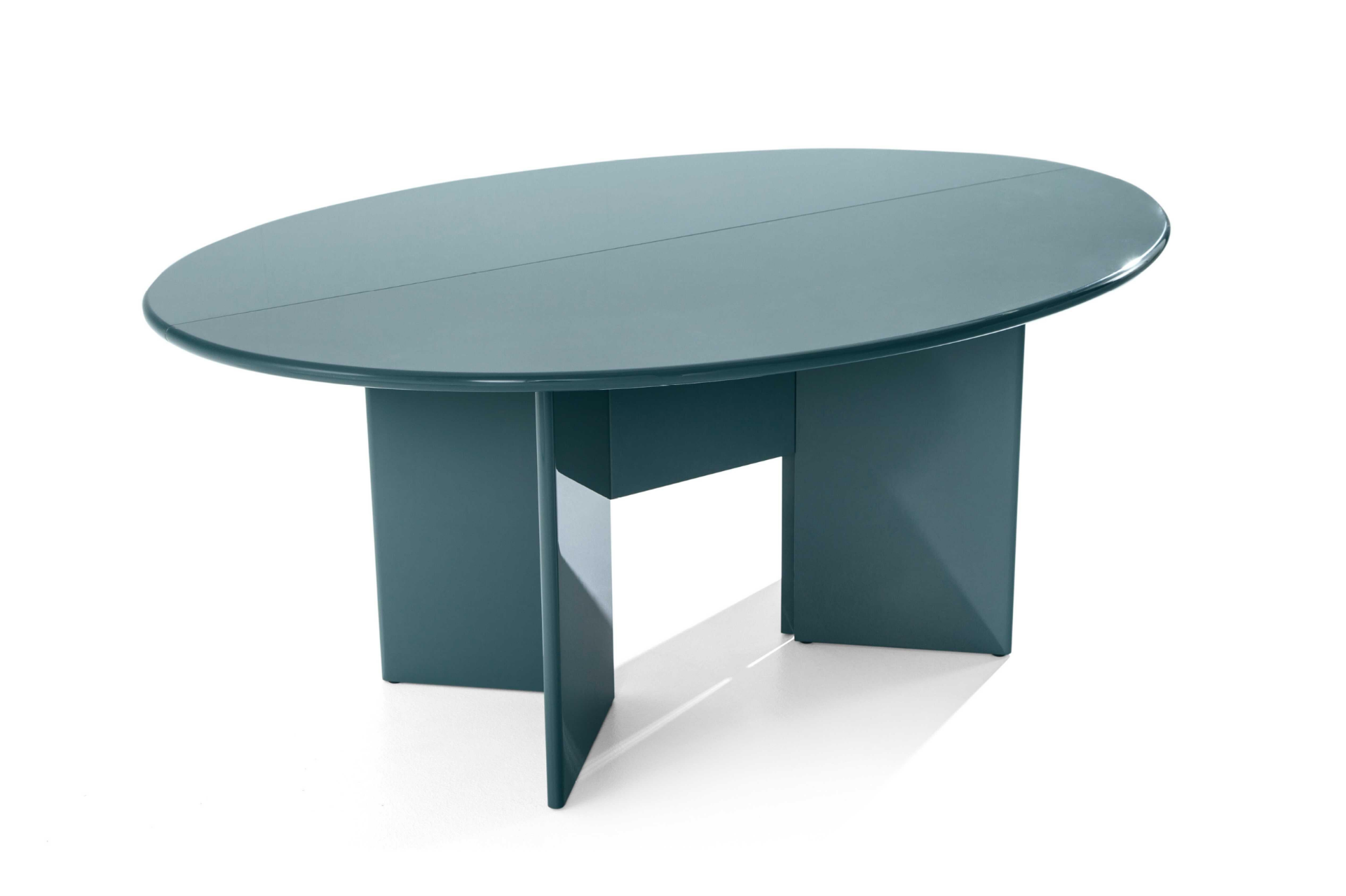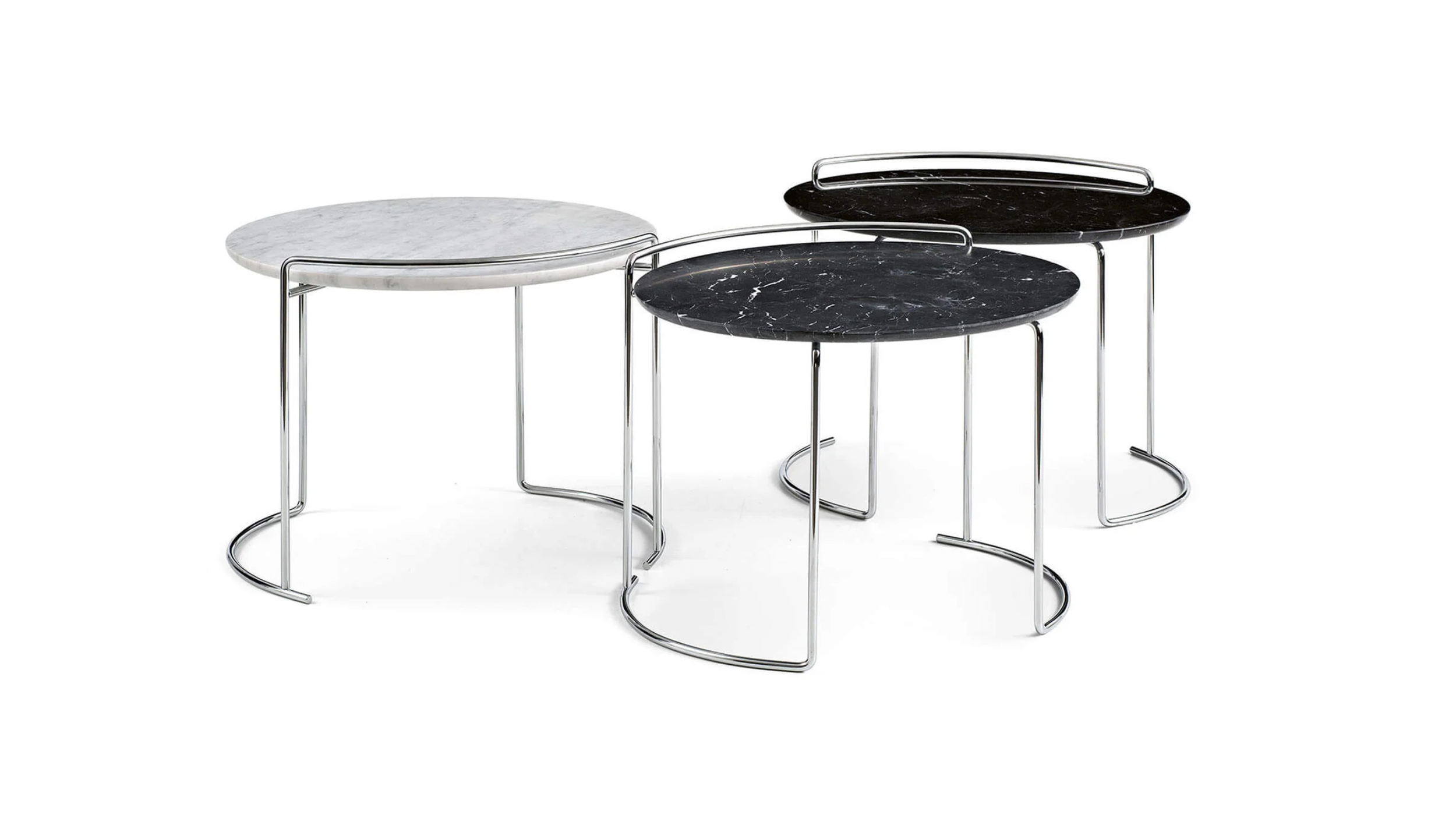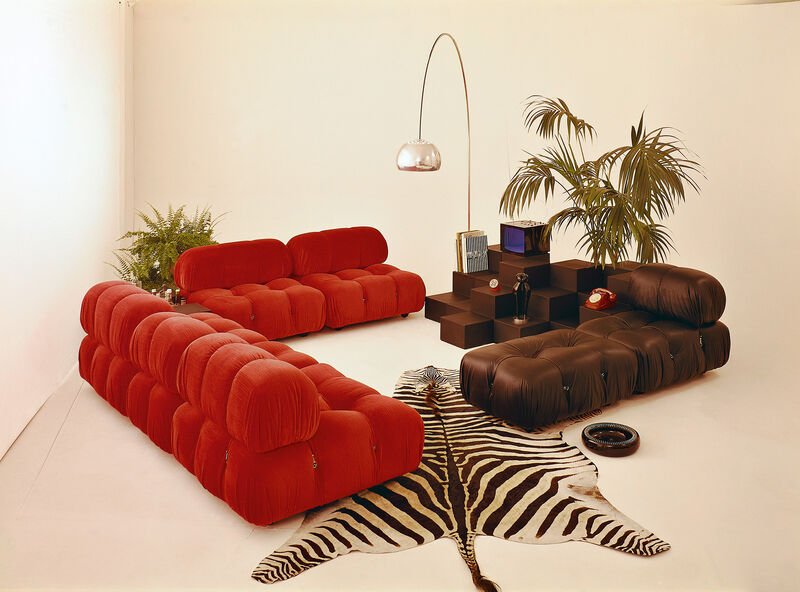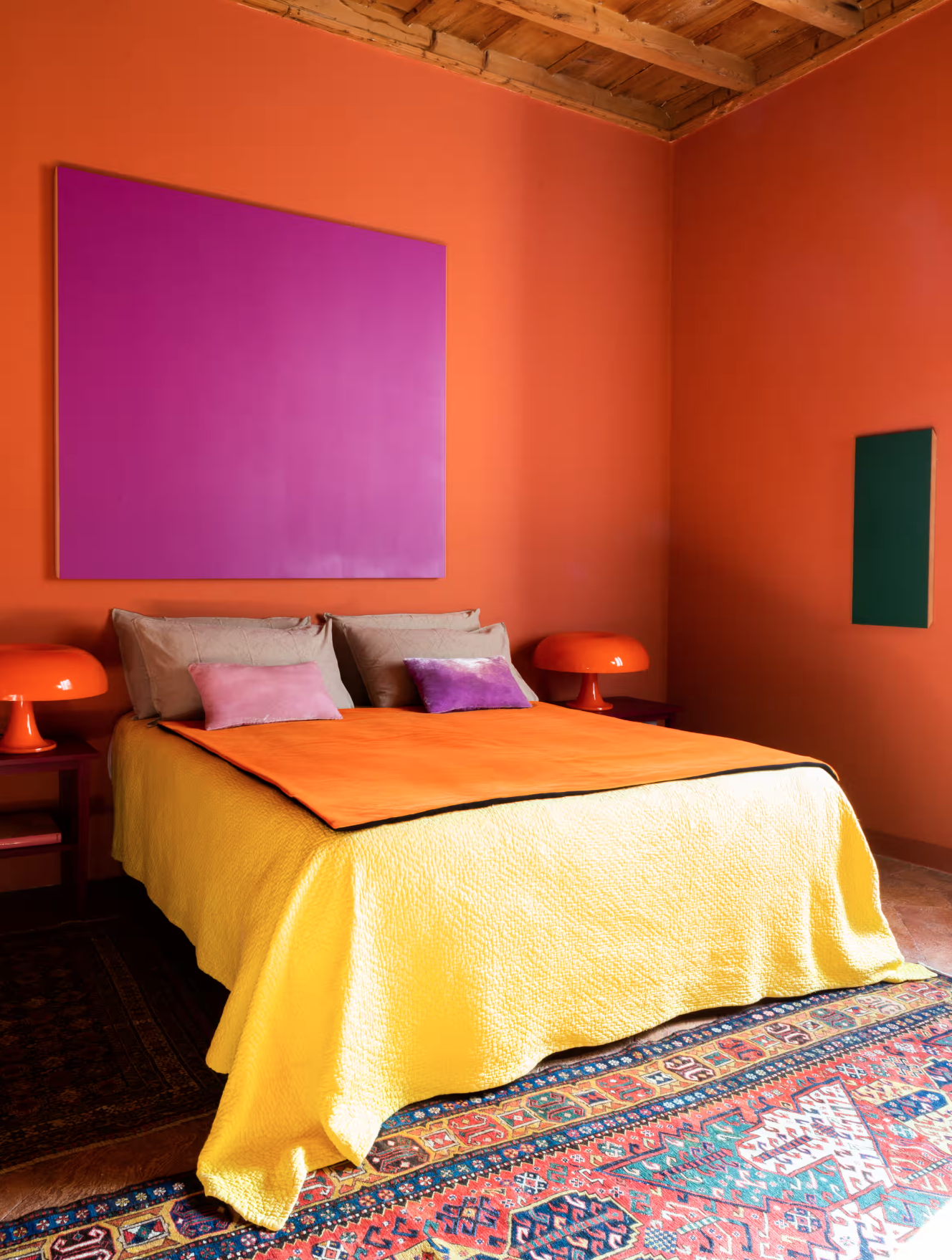Kazuhide Takahama
Kazuhide Takahama was born in Miyazaki on the Japanese island of Kyushu, in 1930. He graduated from the Tokyo Institute of Technology in 1953 and went on to join the practice of architect Kazuo Fujioka. Shortly after, he oversaw the design of the Japanese Pavilion for the Milan Triennale, which proved to be a life-changing event – when he met Dino Gavina, the founder of Gavina SpA (now part of Knoll), Simon International (now part of Cassina), and began a lifelong collaboration with him. This successful relationship resulted in Takahama releasing several designs through Gavina.
In 1968, Knoll aquired Gavina. Takahama released three lounge collections during this time — the Marcel, Raymond and Suzanne (named after Takahama’s sister). They were all added to Knoll’s portfolio. The Suzanne (1965) became the most popular collections, remaining in the catalog while the others were removed.
In 1963, Takahama moved to Italy after being persuaded by Gavina to make a permanent relocation. Him and his wife, Naeko settled in Bologna.
In 1965, Takahama released his ‘Marcel’ seating collection which was a tribute to Marcel Duchamp. The collection features polyurethane blocks connected by aluminum brackets, allowing for modular arrangements and endless configurations.
The Suzanne collection by Kazuhide Takahama for Gavina, 1965
In the same year he released the ‘Suzanne’, known for its fusion of Eastern and Western design principles, made of modern materials and detailing. His aesthetic is in tune with the Japanese philosophy of Zen minimalism while also balancing with the reflection of the designer himself. Many who knew him referred to him as ‘the stone man’ for being so quietly charismatic. that resulted in an overall effect of simplicity and serenity.
In 1967, he collaborated on Bologna’s The Centre Duchamp, a space for creative innovation. Simultaneosly he worked on lacquerware, something he was able to fuse his modernist style with Japanese traditions.
In 1971, Takahama collaborated with installation artist François-Xavier Lalanne on the illustrated ‘Rhinocéros’ lacquer screen.
Saori wall lamps by Kazuhide Takahama for Sirrah, 1970s
His ‘Saori’ wall lamp produced by Nemo in 1973. Many compare this work to the slashed canvases of Spatialist artist Lucio Fontana.
Kazuhide Takahama Antella multi-functional Table for Cassina
Kazuhide Takahama Antella multi-functional Table for Cassina
Next came his ‘Antella’ lacquered table produced by Cassina in 1974. The structure is reminiscent of origami and features folding panels that transform it from an oval centrepiece to a slender console.
In the same year he released the ‘Mantilla’ sofa for Paradisoterrestre (1974), which was inspired by the idea of covering furniture with dust-sheets. Its flowing ‘mantle’ cover is replaceable, so the sofa’s look can be changed at will.
1970s "Gaja" Chair by Kazuhide Takahama for Simon Gavina (now a part of Cassina)
In 1978 he released his ‘Gaja’ stackable chair (1978) and the ‘Djuna’ low table (1983), also for Cassina.
Kazuhide Takahama passed away in 2010. He kept himself busy, working up until his final years. Takahama left and everlasting legacy in Bologna and across the world with his work being highly sought after by collectors and connoisseurs alike.
DISCLAIMER: THE MILLIE VINTAGE DOES NOT OWN ANY RIGHTS TO THESE PHOTOS. PLEASE NOTE THAT ALL IMAGES AND COPYRIGHT BELONGS TO THE ORIGINAL OWNERS. NO COPYRIGHT INFRINGEMENT INTENDED.




































It’s no surprise that celebrities have the ability to acquire some of the most rare and incredible pieces of design. We are thrilled to see faces we look up to, enjoying vintage design as much as we do.